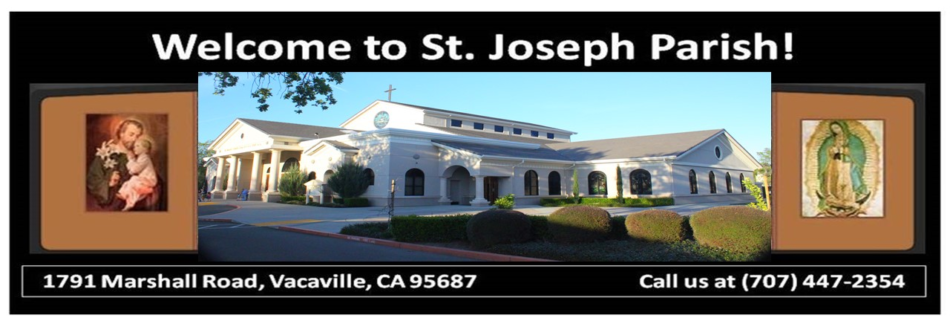IMAGES AND FRIENDS OF GOD
JUST THE HEM OF HIS GARMENT
My presbytery was just across the street from a doctor’s surgery. He had an excellent reputation and people queued up all day long to consult him. One morning there was an urgent knock on my door. When I opened it, the caller said: “Come quickly, Father. A man has just dropped dead on the pavement outside.” Grabbing the sacred oils, I rushed out. Sure enough, a man was lying prostrate on the footpath. I anointed him conditionally, as there may be an interval between real and apparent death. A small group gathered around the body, just a few yards from the door of the surgery. It seemed like a cruel irony. Had he gone these few extra yards, his life might have been saved by the doctor. As I straightened up, I mentioned this to the bystanders. “You have it all wrong, Father,” a woman replied. “He was just on his way out from the surgery.” Whatever the doctor’s advice was, the man took it with him to the grave. Doctors, as they say, bury their mistakes.
In today’s gospel, the woman with the twelve-year-old hemorrhage had undergone long and painful treatment under various doctors, without getting better. Of course, up to quite recently, medicine was fairly primitive. For most of human history people prayed for real miracles to cure their infirmities. In the Middle Ages, death stalked everywhere, not least in plague-ridden cities. Local wars were fairly constant and hygiene unknown. Town and country swarmed with the deformed, the maimed, the crippled and the blind. Death ran riot throughout Europe during the horrific period of the bubonic plague, aptly called the Black Death. Nothing stood between the individual and death except God. The center of every church was its shrine containing relics of the saints. People flocked to these shrines in search of cures. Many travelled great distances to Rome, the Holy Land, Compostella, believing, like the woman with the hemorrhaged, that even touching an important relic might restore them to health. Compostella claimed to have such a relic, no less than the remains of St James, who had watched Christ raise the daughter of Jairus to life. One could hardly come closer to the healing power of Christ than that.
But the world has changed much since then. In our own time cures have been found for almost every ailment. We have all become fervent believers in the “miracles of modern medicine.” Clinics have replaced churches for the stricken. The few relics that have survived seem like embarrassing reminders of our naive past.
But was it all that naive to hope for a miracle? Jesus attributed his two miracles to the faith of the seekers. “Your faith has restored you to health,” he told the woman who was cured of her hemorrhaged. All that separates us from her is the depth of our faith. Even modern medicine, in spite of all its successes, has rediscovered the importance of the patient’s faith in his cure. Who knows? That man who died outside the surgery door might not have stepped so abruptly into eternity, had his faith in his doctor not faltered. That, like the doctor’s prescription, is a secret he took with him.
Christ can, now as then, cure our sicknesses. All he needs is our faith. Of that, Lourdes is proof, if proof were needed. God does trail his coat in our shabby little world. With a little faith we could find it; with a little courage we could touch it. “Do not be afraid,” he says to us, as he said to Jairus, “only have faith.”
Saint Paul makes a wonderful statement at the beginning of that second reading, ‘the love of Christ overwhelms us.’ Another translation would be ‘the love of Christ urges us on.’ The love of Christ for us was revealed above all in his death on the cross. As Paul says in his letter to the Romans, ‘God proves his love for us in that while we still were sinners Christ died for us.’ It is that remarkable love of God in Christ for us that urges us on, even when we are battling against a headwind. It urges us on until we reach what the gospel calls ‘the other side’, the place towards which the Lord is guiding the church — the place where he wants us all to be.
Gospel: Mark 5:21-24, 35-43
When Jesus had crossed in the boat to the other side, a great crowd gathered around him; and he was by the sea. Then one of the leaders of the synagogue named Jairus came and, when he saw him, fell at his feet and begged him repeatedly, “My little daughter is at the point of death. Come and lay your hands on her, so that she may be made well, and live.” So, Jesus went with him; and a large crowd followed him and pressed in on him.
While he was still speaking, some people came from the leader’s house to say, “Your daughter is dead. Why trouble the teacher any further?” But overhearing what they said, Jesus said to the leader of the synagogue, “Do not fear, only believe.” He allowed no one to follow him except Peter, James, and John, the brother of James. When they came to the house of the leader of the synagogue, he saw a commotion, people weeping and wailing loudly. When he had entered, he said to them, “Why do you make a commotion and weep? The child is not dead but sleeping.” And they laughed at him. Then he put them all outside and took the child’s father and mother and those who were with him and went in where the child was. He took her by the hand and said to her, “Talitha kumu,” which means, “Little girl, get up!” And immediately the girl got up and began to walk about (she was twelve years of age). At this they were overcome with amazement. He strictly ordered them that no one should know this and told them to give her something to eat.
























